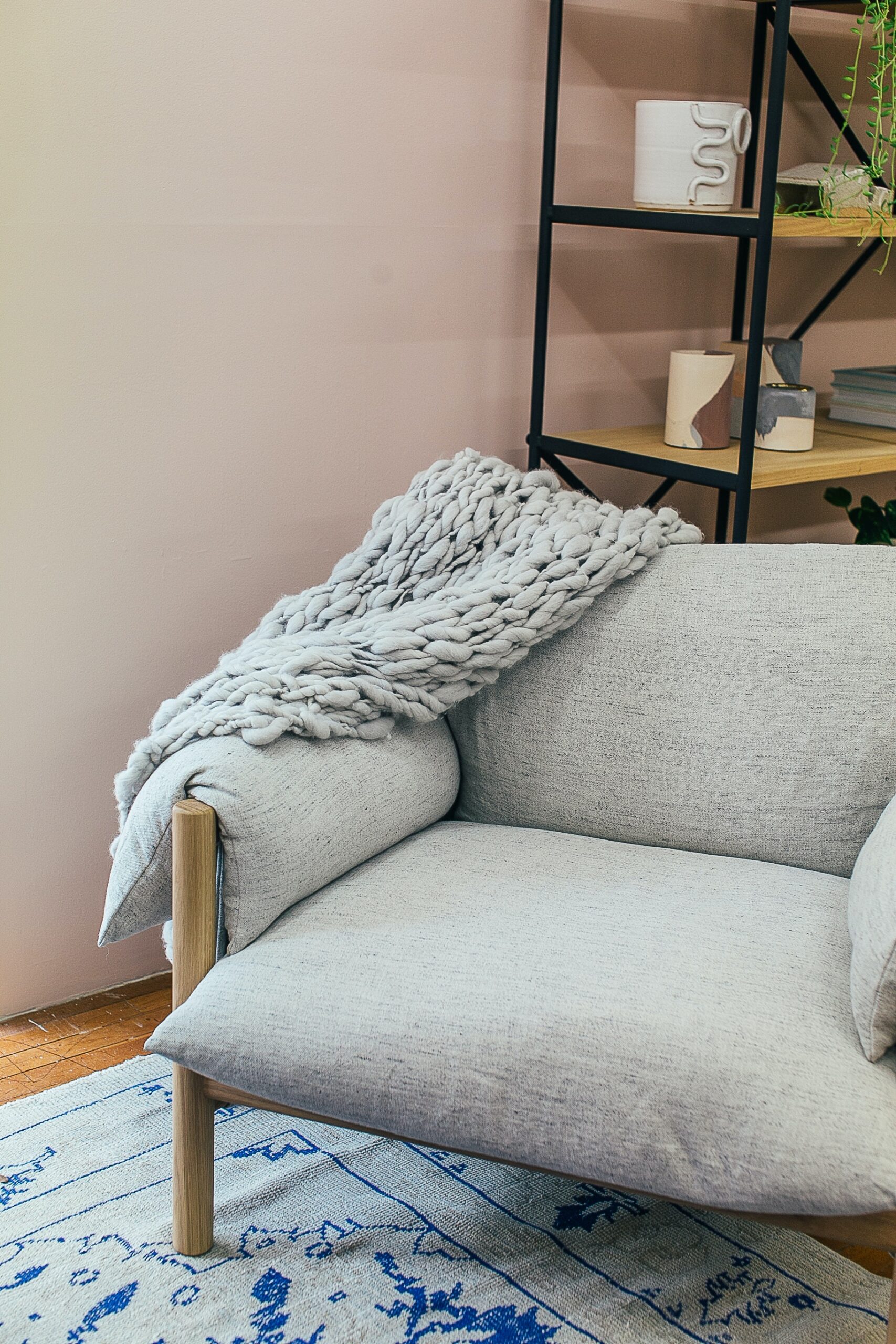
As an interior designer committed to creating exquisite and luxurious spaces for your clients, you’re likely familiar with the term “white glove delivery.” This premium service promises a seamless experience for your clients, but it also comes with its share of challenges. In this article, we’ll delve into five common problems interior designers like you could encounter when dealing with white glove delivery. More importantly, we’ll provide actionable solutions to tackle these issues effectively.
Problem 1: Delays and Scheduling Issues
One of the most prevalent challenges with white glove delivery is scheduling. Coordinating the delivery of multiple pieces of furniture and decor from various suppliers and manufacturers can be a logistical nightmare. Delays are almost inevitable, which can disrupt your project timeline and potentially lead to frustrated clients.
Solution:
Actionable Step:
- Create a comprehensive project timeline that accounts for potential delays, allowing room for adjustments.
- Communicate openly with your suppliers and the delivery team to set realistic delivery windows.
- Keep your clients informed and manage their expectations regarding delivery times.
Problem 2: Product Damage and Mishandling
White glove delivery is supposed to ensure careful handling, but accidents can happen. Damage to expensive or unique pieces of furniture or decor can be a significant setback for your project.
Solution:
Actionable Step:
- Insist on rigorous quality checks at the manufacturer’s warehouse before shipping.
- Ensure that the delivery team is adequately trained in handling delicate items.
- Invest in adequate insurance to cover potential damages and losses.
Problem 3: Hidden Costs and Budget Overruns
White glove delivery often comes with a premium price tag that may not be initially apparent. These additional costs, such as assembly fees, stair-carry charges, or waiting time, can quickly eat into your project budget.
Solution:
Actionable Step:
- Request detailed quotes from your delivery service providers to understand all potential fees.
- Plan for white glove delivery costs when budgeting your projects.
- Negotiate and clarify all additional charges with the delivery team in advance.
Problem 4: Limited Delivery Areas
White glove delivery services might not be available in all geographic areas. If your project is in a remote or less serviced location, you could face difficulties finding a reliable delivery provider.
Solution:
Actionable Step:
- Research and identify delivery providers that operate in your project area.
- Consider working with regional or local suppliers to minimize delivery issues.
- If necessary, explore alternatives like hiring a third-party logistics company.
Problem 5: Client Communication Challenges
Maintaining clear and effective communication with your clients throughout the white glove delivery process is crucial. Misunderstandings, misinformation, or unmet expectations can result in client dissatisfaction.
Solution:
Actionable Step:
- Provide clients with a detailed overview of the white glove delivery process from the beginning.
- Create a communication plan to keep clients updated on delivery progress.
- Be readily available to address any questions or concerns your clients may have.
Your Next Steps Towards Seamless White Glove Delivery
Now that you’re equipped with solutions to the challenges of white glove delivery, let’s focus on the actionable steps you can take to ensure a seamless experience for your clients:
- Strategic Planning: Create a comprehensive project timeline that factors in potential delays. Be proactive in managing client expectations by communicating openly and setting realistic delivery windows.
2. Quality Assurance: Prioritize rigorous quality checks at the manufacturer’s warehouse before items are shipped. Ensure that your delivery team is well-trained in handling delicate items, reducing the risk of damage.
3. Financial Transparency: Request detailed quotes from delivery service providers to understand all potential fees. When budgeting your projects, account for white glove delivery costs. Negotiate and clarify any additional charges with the delivery team in advance.
4. Geographic Considerations: Thoroughly research and identify delivery providers that operate in your project area. Consider working with regional or local suppliers to minimize delivery challenges. In cases where specialized delivery services aren’t available, explore alternatives, such as third-party logistics companies.
5. Client-Centric Approach: Provide your clients with a detailed overview of the white glove delivery process from the outset. Create a structured communication plan to keep clients updated on delivery progress. Be readily available to address any questions or concerns your clients may have.
By taking these actionable steps, you’ll not only navigate the challenges of white glove delivery effectively but also enhance the overall experience for your clients. Your commitment to excellence in interior design will shine through, and your projects will be marked by seamless, stress-free delivery, leaving your clients delighted with their newly transformed spaces.
Are you an interior designer who is managing design projects and seeking to ensure that your white glove deliveries are handled professionally? Unique Deliveries specializes in furniture receiving, warehouse storage, and white glove delivery. Reach out to our dedicated team at Unique Deliveries to help you with your next project. We look forward to doing the heavy lifting for you and ensuring a seamless delivery.




